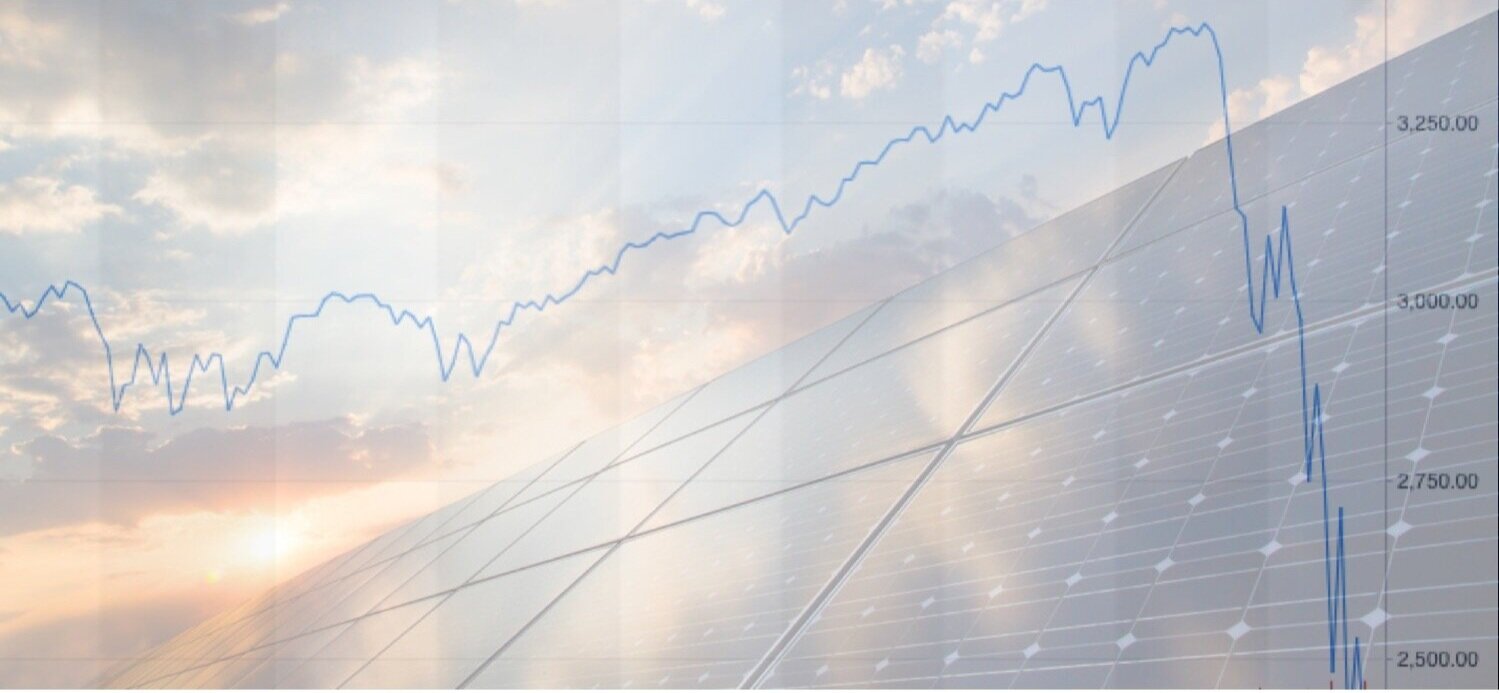Solar is a long-term investment that generates predictable financial and environmental returns. I know, no duh! And, of course, solar does not make sense for everyone. It’s an option — vis-a-vis purchasing electricity from PG&E — much like making an investment in the stock market is an option.
This week we have fielded a surprising (given all that’s going on with COVID-19) number of calls from homeowners in our community. What surprising, too, was their rationale: The financial markets are cratering, there’s great uncertainty, perhaps now is the time to evaluate investing in solar for my home.
To wit, here’s a comparison of the returns generated via a hypothetical $20,000 investment in the stock market and in solar for your home.
First, if you invested $20,000 in an S&P 500 index fund in January 1995, over 25 years (by December 31, 2019) you would have generated an 8.015% annualized return. Not bad. And, of course, this does not account for the past three weeks of volatility; the S&P (as of March 20) is down 29% since the beginning of February 2020.
Regardless, let’s stick with the 8% annualized return metric for the stock market.
Next, if you invested $20,000 in a solar system for your home, here’s a summary of your 25-year returns:
- Total investment: $20,000
- Less, 26% federal tax credit: $5,200
- Net investment: $14,800
This solar system (standard size for a home in Yolo County) would generate the following returns:
- Year-one PG&E savings: $2,153
- 25-year PG&E savings: $86,394 (assumes 4.5% annual PG&E rate inflation)
Simplified: In the first year, solar will generate a 14.5% annual return. Over its 25-year warrantied life, solar will generate an annualized return of 23%, buoyed by annual PG&E rate increases.
And, homeowners do not pay taxes on their solar investment returns … utility savings are not taxable. But, we do pay capital gains on our stock market investments.
Net-net, if you invest in solar today and if PG&E’s rates increase 4.5%/year, you will generate a 23% annualized return over the next 25 years that is immune to the volatility of the stock market and the macro economy.
Perfunctory caveat: Consult your investment and/or tax advisor for investment advice. Or, of course, feel free to contact us if you would like to evaluate solar.
Most important: Be well, stay well, take care of our community. We will get through this.





